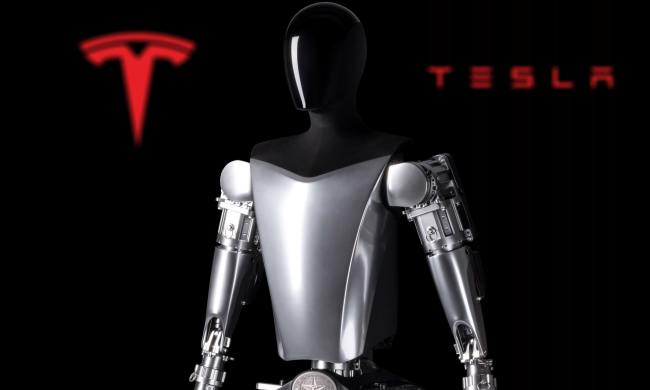A Lamborghini must be ultra-fast and highly aerodynamic, there are no two ways around it.
The Centenario, a limited-edition model presented during the Geneva Auto Show, makes both the Aventador and the Huracán look tame by packing the most powerful engine Lamborghini has ever produced in a head-turning package.
Digital Trends sat down with Maurizio Reggiani, the company’s head of research and development, on the sidelines of the Geneva Auto Show to find out what went into the Centenario’s development, why it’s much more extreme than even the limited-edition Aventador Superveloce, and what this means for the company’s future.
Digital Trends: What was the process of turning the Aventador into the Centenario like? What was the most difficult aspect of the transformation?
Maurizio Reggiani: The most difficult part was realizing a design that can be fitted to the Aventador, and that still represents what we want to do. That means changing the shape of the car and making it much more functional, and manufacturing it entirely out of carbon fiber. We emphasized innovation, especially technical innovation.
If you think of the Centenario as a cake, we divided it into five parts: Design is one, power is another. We boosted the V12’s output from 750 horsepower, which is the maximum generated by the sold-out Aventador Superveloce, up to 770. We raised the redline and increased the volumetric efficiency to create the most powerful engine ever fitted to a Lamborghini.
We also reduced weight in order to improve the power-to-weight ratio. Every body panel is made out of carbon fiber, and the Centenario consequently tips the scale at 3,351 pounds.
Another important part of the cake is the chassis. We developed a new rear-wheel steering system that makes the car more agile, much more responsive, and more stable at high speeds – we’re talking very high speeds, up to about 220 mph. The rear-wheel steering system reduces the wheelbase by nearly ten inches at low speeds, which makes the Centenario nimbler, and it increases the wheelbase by nearly 20 inches at high speeds, which improves stability. All told, the four-wheel steering system makes the Centenario completely different to drive.
Looking towards the future, we think that buyers will increasingly request a car with tech features.
Let’s go back to the engine – why did you choose 770 horsepower?
Because the Centenario pays homage to Ferruccio Lamborghini. We had a lot of discussions about this, but for the sake of heritage we wanted a high-revving V12 engine with a lot of horsepower; paying homage to him with a car that has the same amount of power as a regular-production model would be not taking his heritage seriously, so we decided to go with 770. It’s the best that was possible to achieve.
The cabin has been redesigned, too. Tell us some of the highlights
Inside, we’ve installed a big vertical touch screen in the center console for the first time. The car is completely connected, so you can surf the web, listen to web radio, download the content you want, and also upload media files such as films from a USB drive.

Additionally, you can access data recorded during track runs such as what gear the car is in, what rpm the engine is spinning at, the angle of the front wheels, and so forth, it’s like a real race car. You can either view the data on the screen, or download it onto a USB drive and analyze it on a computer. Finally, the system can provide suggestions such as what the ideal gear is for a certain part of the track, when to shift up, when to shift down, and so on, so that Centenario owners can become better track drivers. This is something that’s really unique.
Why put an emphasis on tech? Do buyers care?
Looking towards the future, we think that buyers will increasingly request a car with tech features. The Centenario is a showcase of what we’re currently thinking about. That doesn’t mean a specific feature will – or won’t – make production, but it shows the competence and the capability of our research and development department, and what’s possible for the future.
The press release mentioned a roadster, but we only see a coupe on the show floor. Can you give us more details about it?
As you know, we’re building 20 coupes and 20 roadsters, and both body styles are sold out. We held a private, virtual presentation last year in Pebble Beach and all 40 examples were spoken for immediately. We’ll present the roadster to the public at an event held in the middle of August in the United States.
How many examples are going to the United States?
15 units are going to North America, so that includes the United States, Canada, and Mexico. That’s coupes and roadsters combined. It’s a huge quantity, it’s unbelievable.





